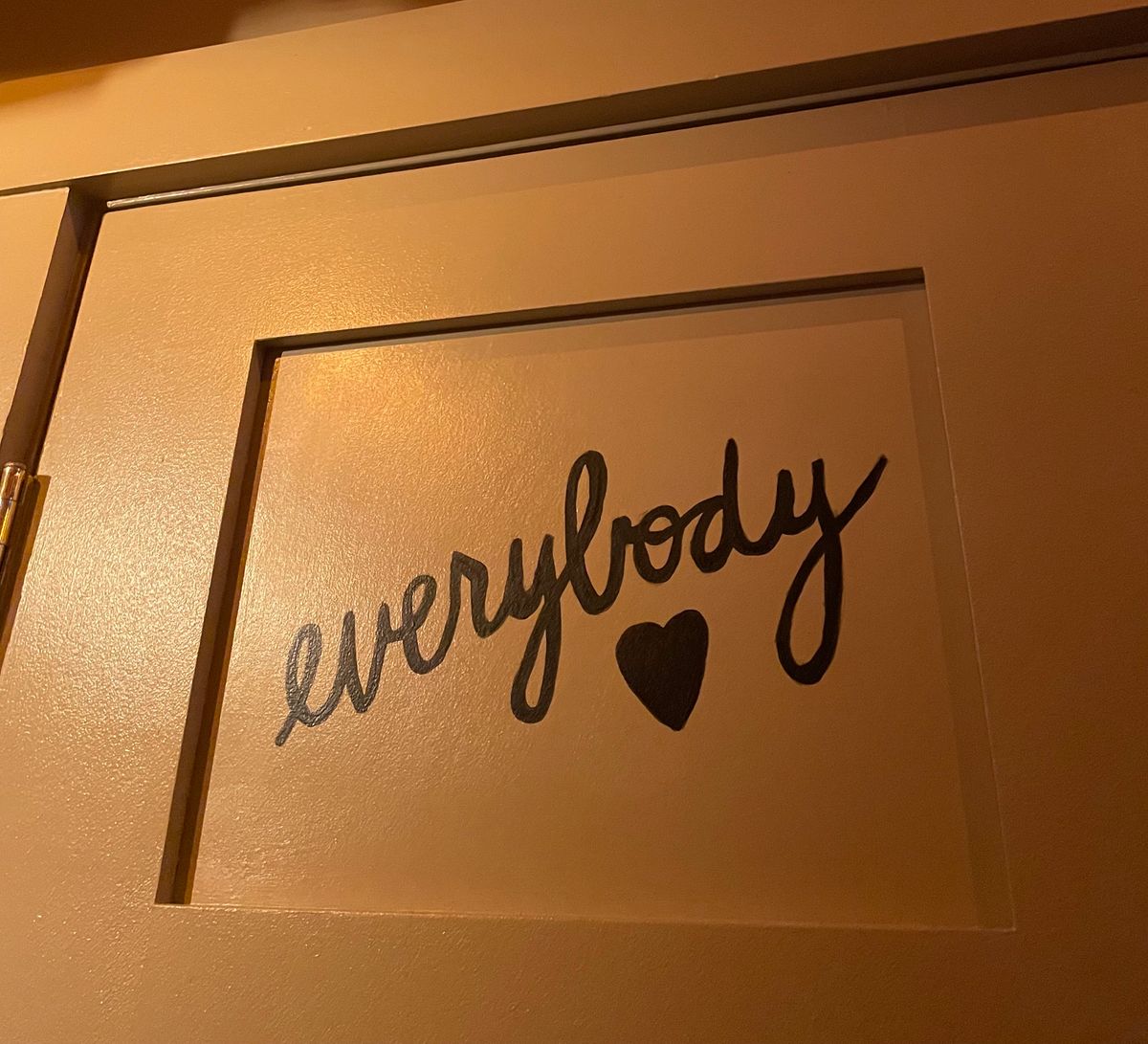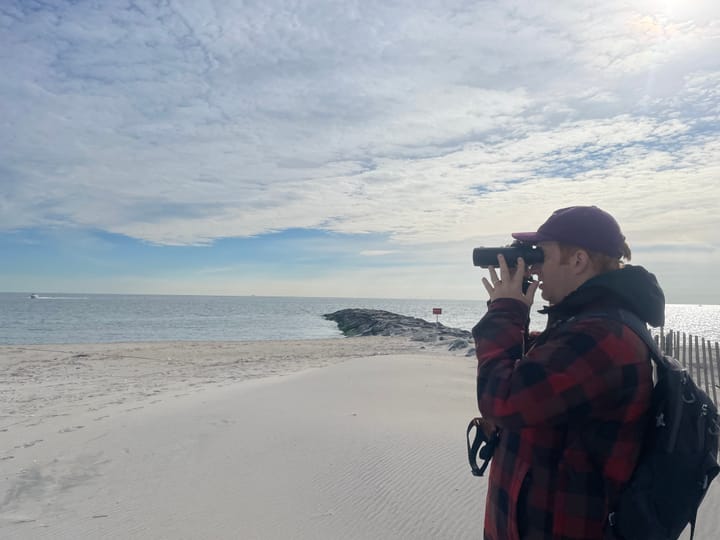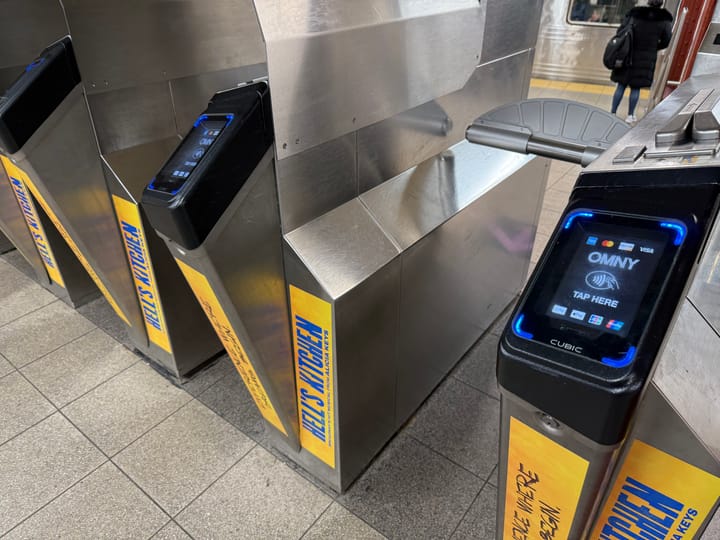So you want to build a fish pond in New York City
It isn't as easy as dropping some kois off at the pool

Have you ever been walking around the city and thought to yourself, for no particular reason: boy, I wish there were more fish ponds everywhere? How nice this might be if you could just see fish ponds every day, like some sort of Miyazaki fantasy played out in stunningly rendered colors against the backdrop of our concrete city, to brighten your day!
It’s not as crazy as it may sound. You too can put a fish pond in your yard, if you happen to have one, and even your patio if you’re willing to shell out. You can even find fish that will thrive and make it here in the big city, and then — by definition — be able to make it anywhere.
But before you head down to the pet store and start embracing the koi of living, what does it actually take to safely and legally, build a pond in your own yard or patio that won’t inevitably kill the fish you’ve put in it?
To find out, I reached out to Tim Bock, a pond construction sales Manager with Fitz’s Fish Ponds, a New Jersey-based company that works in the city.
“There’s not a whole lot of restrictions,” Bock told me. Good place to start!
Step 1: Maybe possibly consider private property first
Perhaps the most basic but important step to building a successful fish pond is to do it on your own property. Building one in, say, a permanent puddle on your street might seem like a fun way to brighten up the neighborhood and bring attention to broken infrastructure. But it’s not great for the water, or the fish.
“You don’t want people throwing stones in there and throwing their garbage in there,” Bock said. “The water quality is going to deteriorate really fast.”

Step 2: Can you dig it?
Small ponds often don’t require special permits or approvals, but you shouldn't just go digging all william nilly. You should call 811 to make sure you aren’t about to dig into any utilities, gas lines, power lines, or anything else that will ruin your day.
Step 3: Dig baby dig
Typically, ponds for koi and other fish should be about 24 to 30 inches deep. Those allow enough room for fish to hide out at the bottom of the pond in the winter. Anything more than 4 feet gets into pool territory, and can require exit ladders and other regulations, Bock said.
If you don’t have grass, you can still build one on your patio, but that requires more work and expense: footings, block work, veneer and so forth, he said.
Step 4: No filter? No, filter!
Bock explained that a pond will have usually a bottom drain to collect debris, with the water pulled to an external pump, kind of like a pool filter. Sometimes it will have a UV light in there too to help purify the water. If you don’t have a filter, things might get nasty quickly.
“The more nutrients you have, the more algae you’re gonna have,” Bock said. “The better filtration, the water quality stays healthier, clearer. You don't want to see a bunch of algae on walls and rocks.”
A little goldfish pond might not need much filtration, but koi require a lot of food, and will require more maintenance.
Step 5: Go fishing
Your average city pond can feature goldfish, koi, shubunkin; all fish that don’t scare easily.
“They’re pretty hardy,” he said. “They get used to people coming up to the pond.”
Step 6: Even the fish rent is too damn high
Like everyone else in the city, pond fish also face a housing crisis.
“The problem with the city is that there's only so much room,” Bock said.
Pond people often fall into the mistake of overstocking or overfeeding their ponds. That can turn the water into an algae-ridden pit quickly. But people get attached to the fish as pets, and are hesitant to move them to better environs.
“Typically because of the size restraints of the city, they can’t make them big enough,” he said. In the country, people will end up building two or three ponds so they can move fish around as they grow.
Bock told me about some fun pond installations his company has worked on in the city recently. One job installed a waterfall behind a fence in a house in Bay Ridge. It quickly became a neighborhood attraction.
“We made it really nice,” he said. “There’s a lot of kids and parents and crossing guards that sit there and watch the waterfall and see the fish swim around.”
On Staten Island, Bock and his crew once built a pond for a former firefighter, who wanted the water feature to include a fire hydrant. Bock's crew rigged an old red hydrant to have water circulating through it and falling into the pond.
“It wasn’t water from the city, it was water from the pond,” he said. “It’s similar to that look, but not a leaky fire hydrant.”
I asked if a regular fire hydrant with a leak would make for a good water source for a fish pond.
“Yeah, I probably wouldn’t recommend that,” he said.





Comments ()